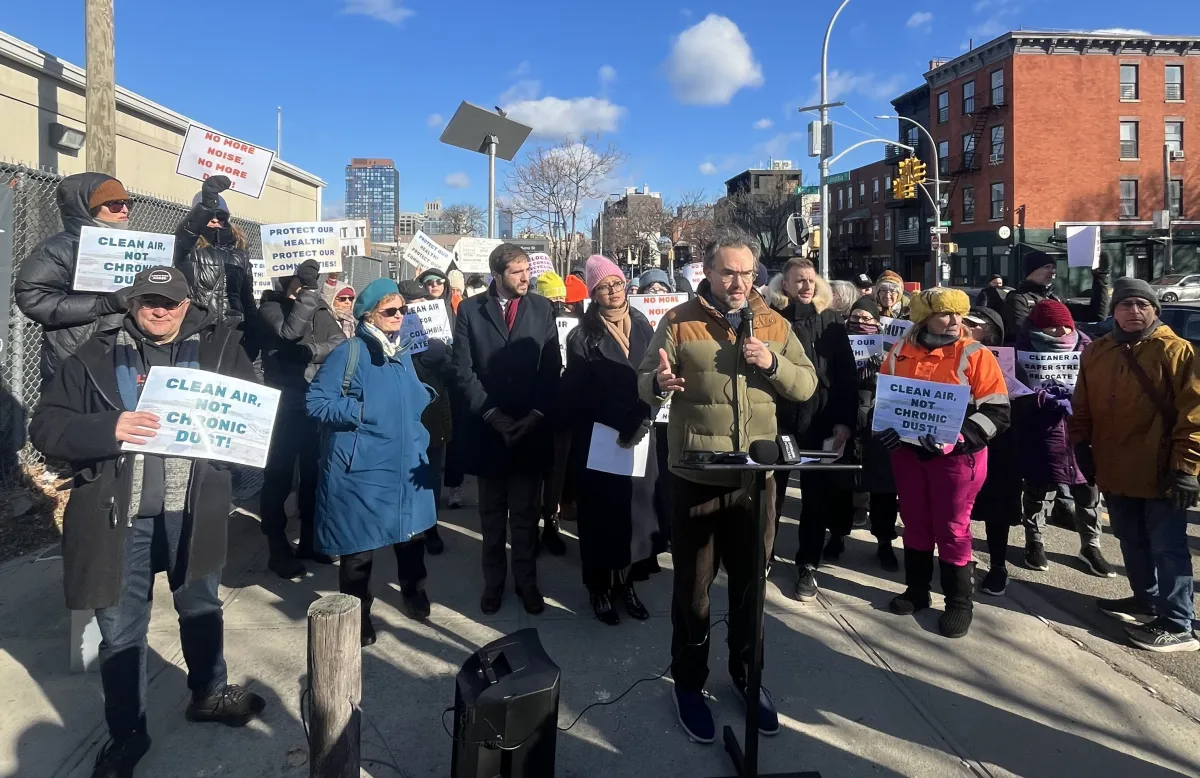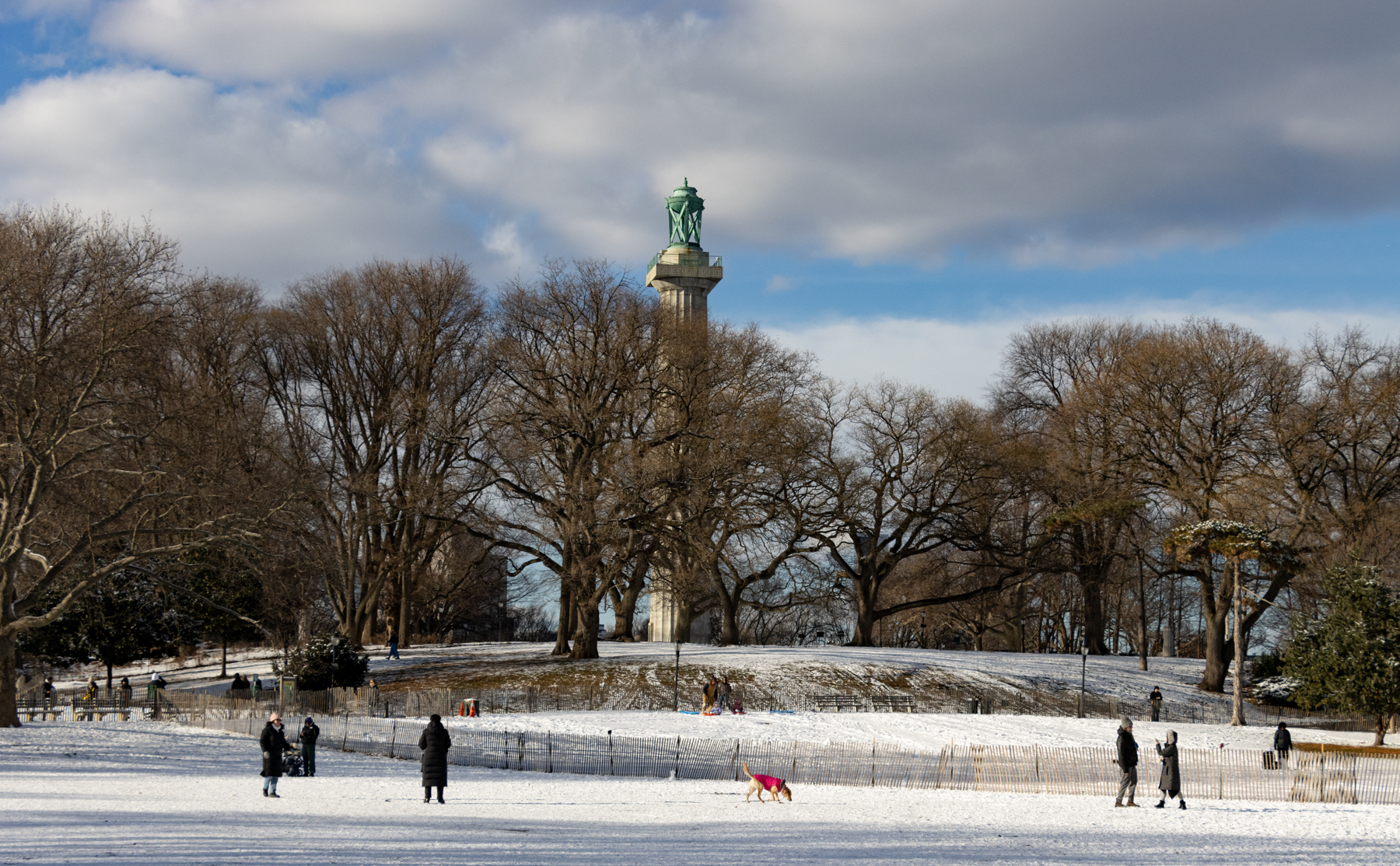Sunswick Creek, Astoria and Ravenswood's Forgotten River
Back in 2013, I wrote a Q’Stoner post about Hallets Cove that offered “Two aboriginal realtors named Shawestcont and Erramorhar (as witnessed by their cohorts Warchan and Kethcanaparan) sold much of what we know as Astoria (but which they called Sintsinck) to William Hallett (who was similarly accompanied by a company of witnesses and countrymen) on August 1, 1664.” The East…


Back in 2013, I wrote a Q’Stoner post about Hallets Cove that offered “Two aboriginal realtors named Shawestcont and Erramorhar (as witnessed by their cohorts Warchan and Kethcanaparan) sold much of what we know as Astoria (but which they called Sintsinck) to William Hallett (who was similarly accompanied by a company of witnesses and countrymen) on August 1, 1664.”
The East River frontage — back then it was called the Sound River — which Hallet purchased had a huge waterbody intersecting with the shoreline from upland properties in what we would now call Ravenswood, and it was called Sunswick Creek.
According to the Greater Astoria Historical Society the name of the waterway can be explained as “A drained marsh near the foot of Broadway. Scholars believe it may come from an Indian word ‘Sunkisq’ meaning perhaps ‘Woman Chief’ or ‘Sachem’s Wife.'” For close to 250 years, Sunswick Creek was practically synonymous with this area of Queens, but what happened to it?
More after the jump…

This is an 1870s rendering of the area, which shows the intricate twists and turns that Sunswick followed on its course. It fed a tidal floodplain, and period descriptions of the area hearken one to think of the bayous of Louisiana – a macerated shoreline that flooded with the East River’s tidal cycles. There were hilly elevations which became defacto islands at flood tide, and both flora and fauna were abundant.
From 1908’s “illustrated History of the Borough of Queens, New York City,” by Georg von Skal:
Astoria was originally settled by an Englishman, William Hallett, and therefore known as Hallett’s Cove. Here were the beginnings of Queens industrial enterprises, for Hallett erected a lime kiln, and Sunswick Creek which connected with Dutch Kills, was a navigable stream much used for the transportation of produce and other merchandise.

In 1679, a dam was built to control the flood cycle and put the tide to use, by creating the sluices and channels of a mill pond to drive water wheels. As early as the 1870s, however, this had backfired. The process of industrialization brought a growing population to the area, and since there were no sewers… Sunswick Creek and its marshy surroundings grew stagnant and polluted with sewage and industrial discharge. This problem persisted and got worse, and the LIC communities of Dutch Kills, Astoria, and Hunters Point suffered from outbreaks of smallpox, diptheria, and insect borne diseases like malaria.
From 1915’s “Annual Report of the Department of Health of the City of New York:”

In 1879, the marshes of Sunswick Creek were drained, and a long term project to raise the grade of the streets began. LIC, which had incorporated in 1870 after breaking away from Newtown, began a large scale investment in sewers and started to build a municipal water system. Legendarily corrupt, LIC was still working on that system when consolidation into the City of Greater New York occurred in 1898.
From Vincent Seyfried’s “300 Years of Long Island City, 1630-1930” (Garden City, NY: Edgian Press, 1984), p.945:
The foul sludge acids from the factories and the refuse of the manure boats and docks and filth of the slaughter houses washed in over the meadows where it became lodged in the sedge and putrefied, occasioning nauseating odors and fouling the ground waters. The damming of the Sunswick Creek cut off the flushing-out of the meadow lands and the salt water that used to ebb and flow became stagnant and slimy and filled with mosquitoes. By 1866 chills and fever were becoming endemic in Hunter’s Point and Dutch Kills, especially during the summer months.

Sunswick Creek was either filled in with landfill, or in areas where it could be tamed, incorporated into the sewerage system and built over by the first decades of the 20th century. A masonry tunnel was constructed around parts of it, and the marsh land was raised in grade. Sunswick Creek still flows down below the modern streets, and if you are standing in front of the former Somer Piano Factory building on Vernon and Broadway (nearby Socrates Sculpture Garden) during rainy weather – you can hear it roaring.
From National Geographic:
Appearing on maps in the 1870s, Sunswick Creek was soon completely covered over. Now, it exists only as a meager flow through buried sewer-like pipes.

There’s an urban explorer by the name of Steve Duncan who has visited Sunswick Creek, by the way. Mr. Duncan captured this astounding photo of Sunswick Creek just a few years ago. There’s a few more shots from the exploration to be found at the wonderful watercourses blog as well.
Personally, I’m way too much of a chicken to go down there, and prefer to just amble along the shoreline dreaming of natural splendors lost.
Newtown Creek Alliance Historian Mitch Waxman lives in Astoria and blogs at Newtown Pentacle.









What's Your Take? Leave a Comment